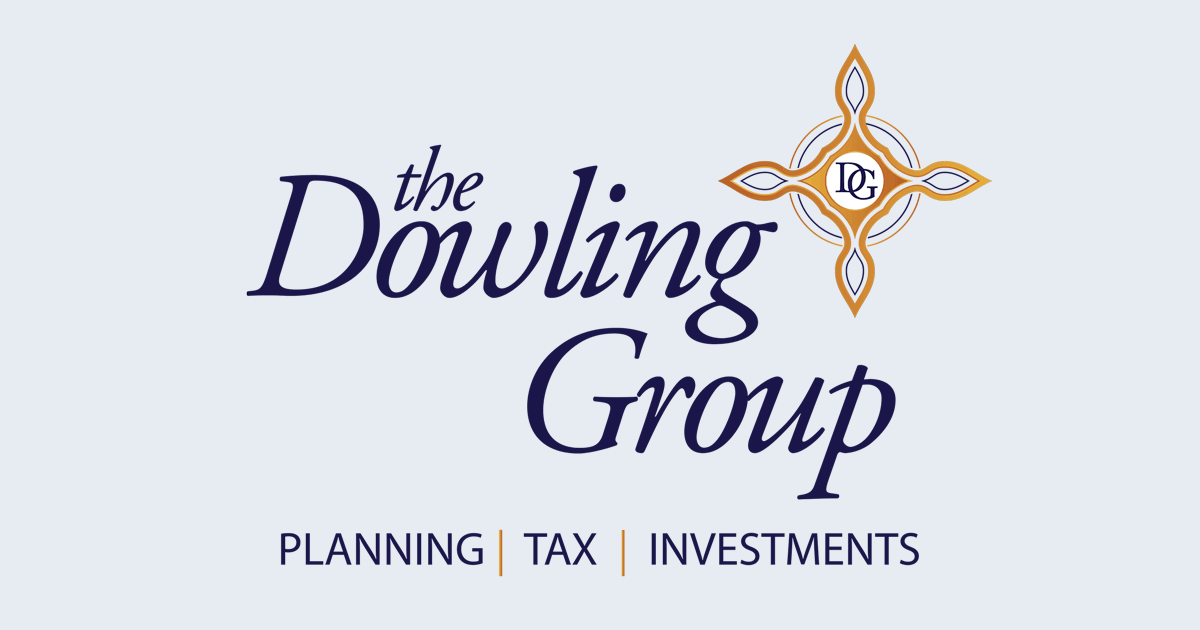
IRS Makes Major Revisions to Tax Forms for Partners and S Corporation Shareholders
The IRS Schedule K-1s received by partners and S corporation shareholders have long had separate line items showing amounts for “foreign transactions”. However, the lack of precise rules for how these lines had to be filled out resulted in too many partnerships and S corporations reporting similar information in different ways.
Schedule K-3: For Individuals Who Are Partners or S Corporation Shareholders
To create consistency, IRS has now replaced these K-1 lines with a new “Schedule K-3” pertaining to foreign transactions, foreign owners and related information. The K-3 forms are very complex; those for partners can be up to twenty pages long, and those for S corporation shareholders can reach fifteen pages. The K-3s specifically replace the lines from prior year K-1s that reported foreign amounts. The circumstances under which a taxpayer will be required to file a K-3 have recently changed, and may continue to fluctuate.
Dowling Group clients who are partners or S corporation shareholders may receive the new K-3s along with their K-1s. The 2021 K-1 will have a box that is checked (either box 14 or 16) if the partnership or S corporation is issuing a K-3. In some instances, you may receive a K-1 with the K-3 box checked but without it attached. Partners and shareholders may be asked to request the form if needed, adding a new step for 2021 tax return preparation.
Schedule K-2: For the Partnership and S Corporation Entities
The entity tax returns—Form 1065 for partnerships and 1120S for S corporations—have a new companion IRS “Schedule K-2”. Many businesses will have to prepare and file K-2s and K-3s even if they have no foreign income or owners. There are several possible reasons, but the most common one will likely be that partners and S corporation shareholders who file IRS Form 1116 for the “foreign tax credit” with their individual or other tax returns technically need information from the K-3s to properly prepare Form 1116.
The most common reason for filing Form 1116 is having a personal brokerage account that has some foreign corporate dividends and related foreign taxes paid. Partners and S corporation shareholders may receive inquiries from the managements of these entities as to whether they filed an 1116 in 2020 or expect to file one in 2021.
Deadlines and Further Reading
Both Schedule K-2 and K-3 are typically required to be submitted with Schedule K-1, whether filing on time or with an extension.
If you are interested in a comparative look, here are links to the IRS’ 2020 K-1 as well as the Partners’ 2021 Schedule K-3 and Schedule K-2. The S corporation forms are similar.
We at the Dowling Group are keeping close track of IRS announcements related to these major new forms, and we look forward to helping you navigate them during your tax prep appointment. If you haven’t yet scheduled a time, give us a call today at 203-967-2231.
Wishing you and your families well,
Sean M. Dowling, CFP, EA
President, The Dowling Group Wealth Management
Please feel free to forward this commentary to family, friends, or colleagues. If you would like us to add them to the list, please reply to this e-mail with their e-mail address and we will ask for their permission to be added.
ADV & Investment Objectives: Please contact The Dowling Group if there are any changes in your financial situation or investment objectives, or if you wish to impose, add or modify any reasonable restrictions to the management of your account. Our current disclosure statement is set forth on Part II of Form ADV and is available for your review upon request.
It's a busy world. Our newsletter helps keep you tuned in to major market events, money-saving opportunities, filing deadlines, and other important information. One email per week and no spam — promise.
Subscribe